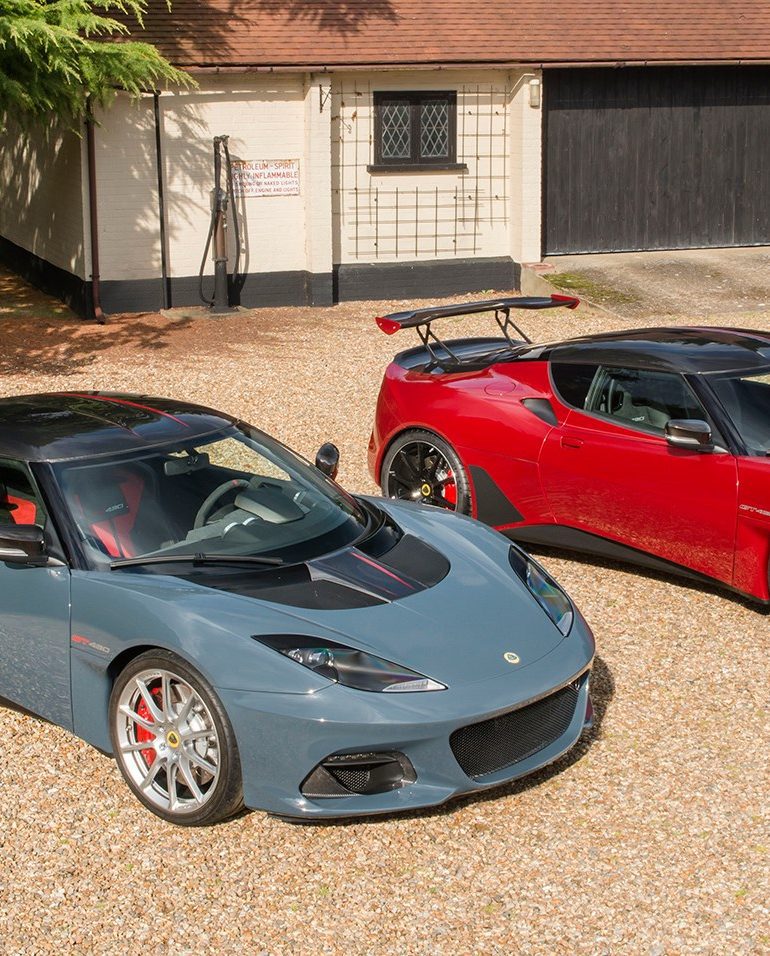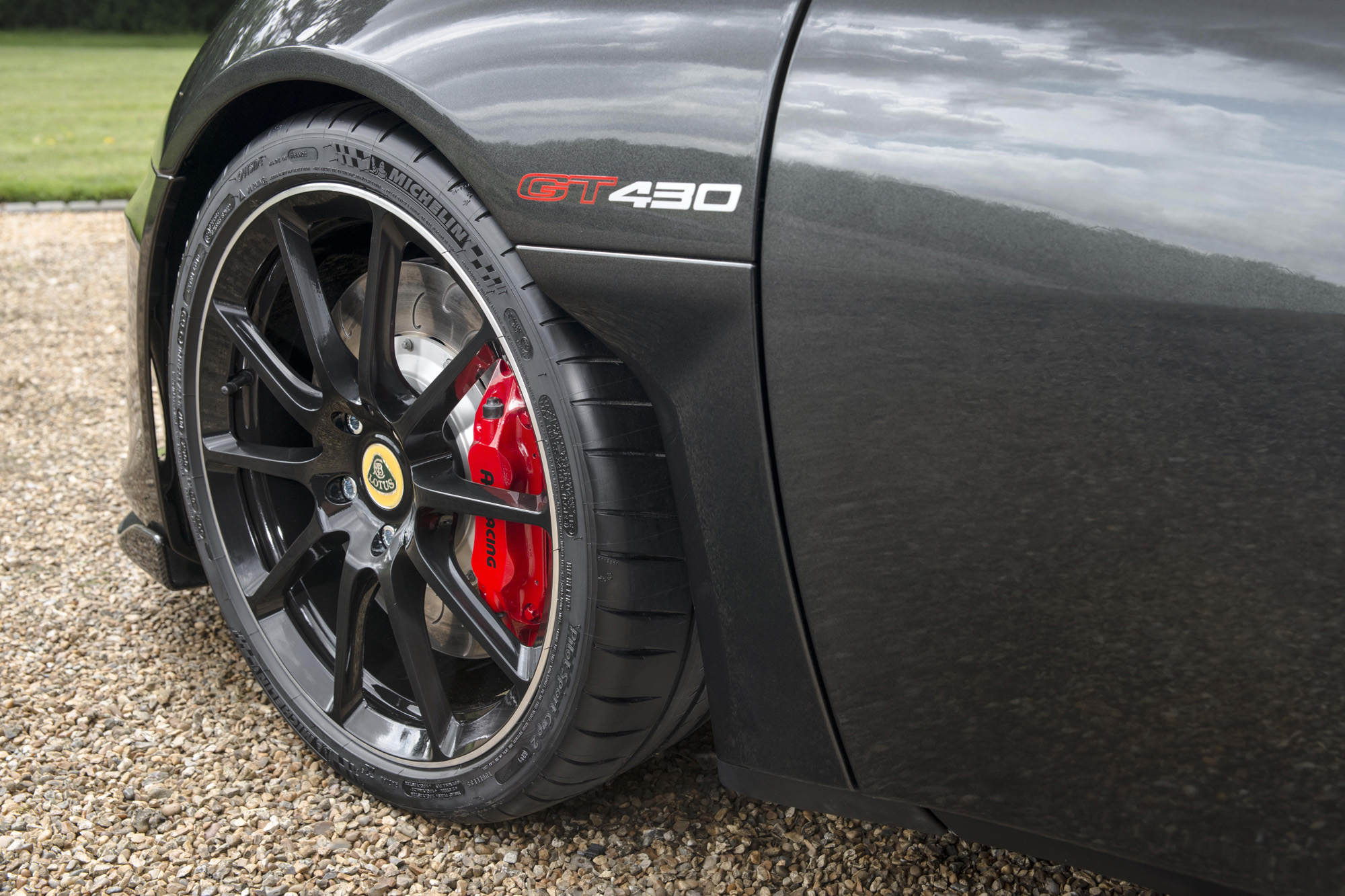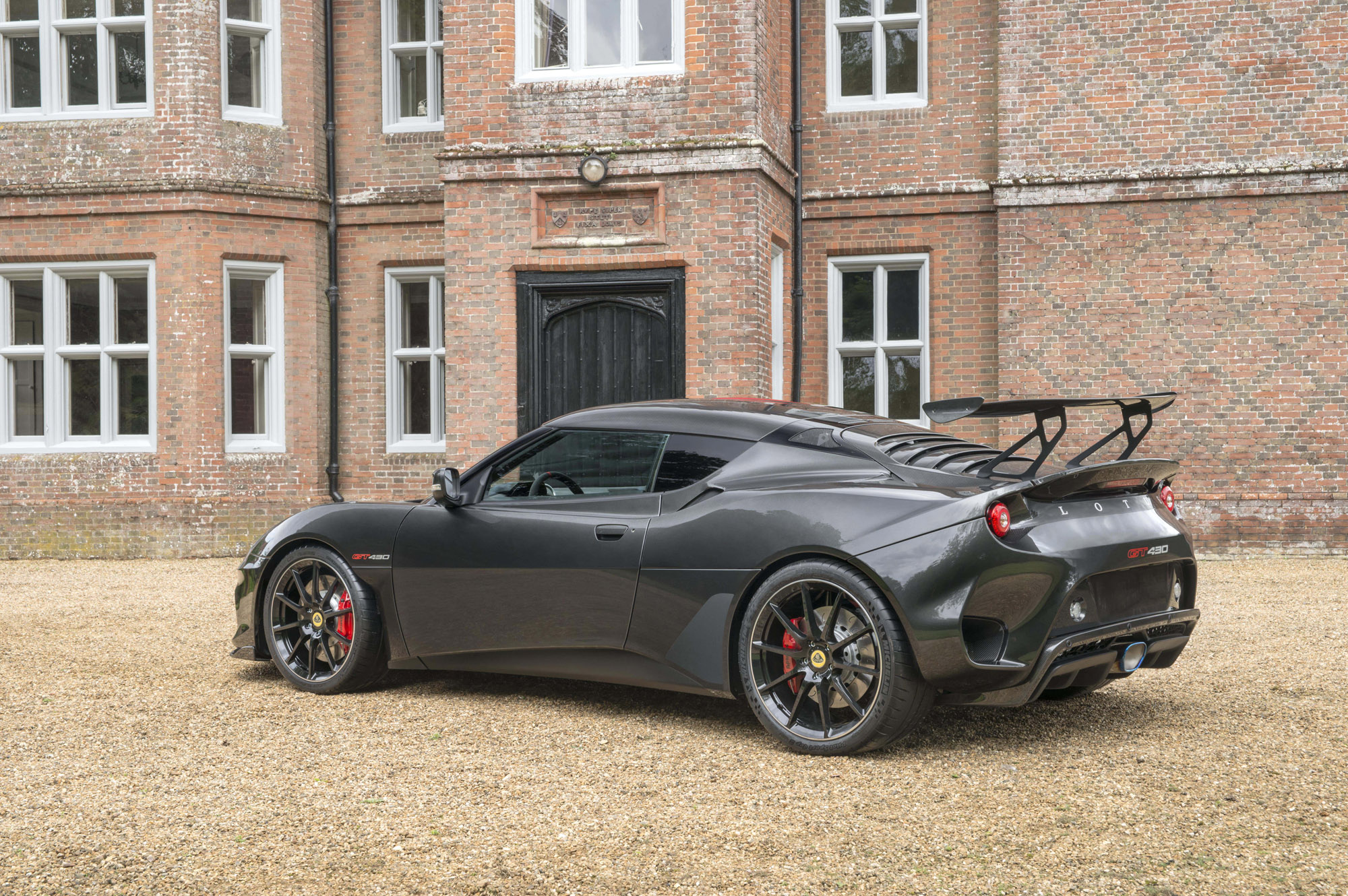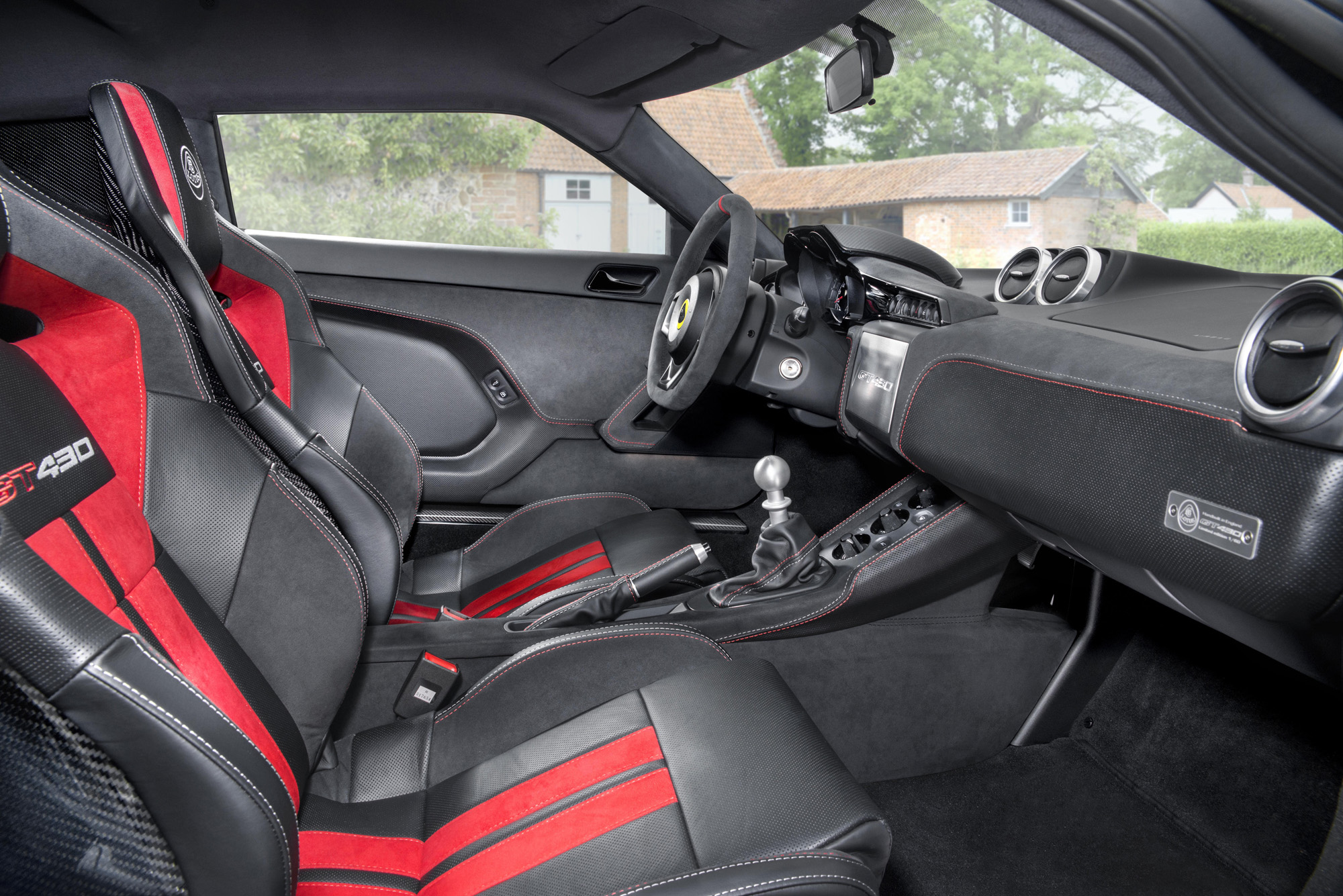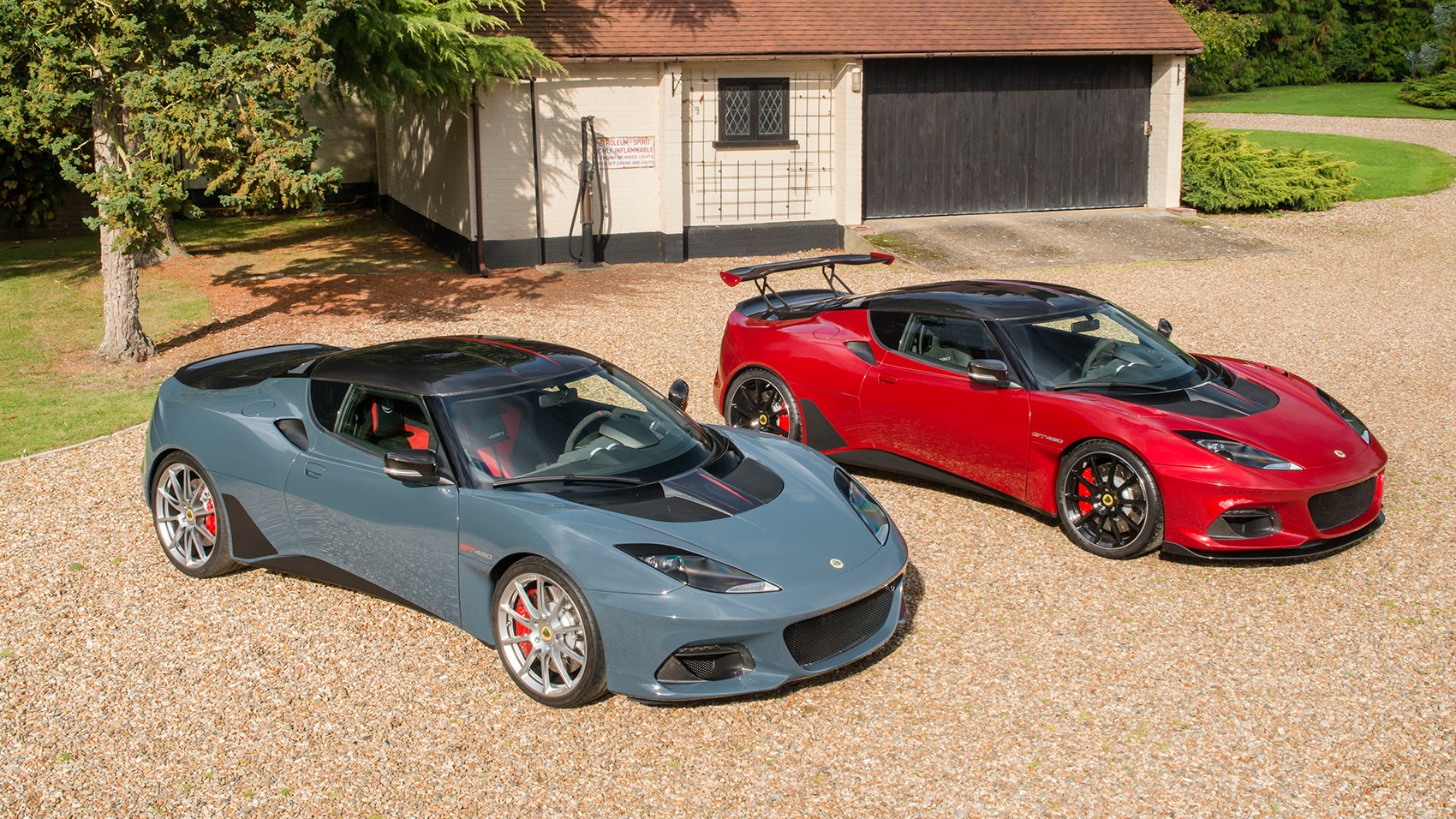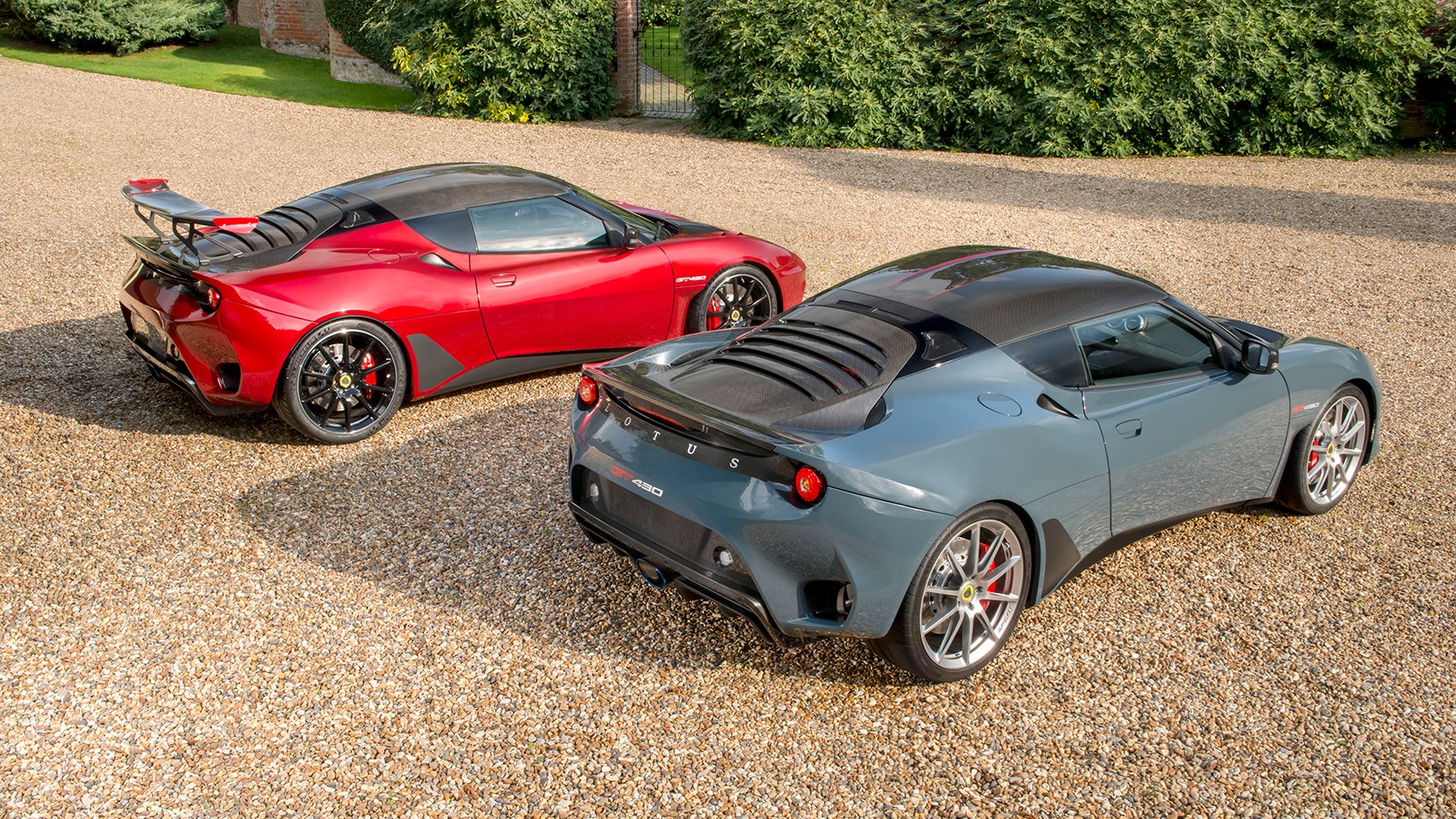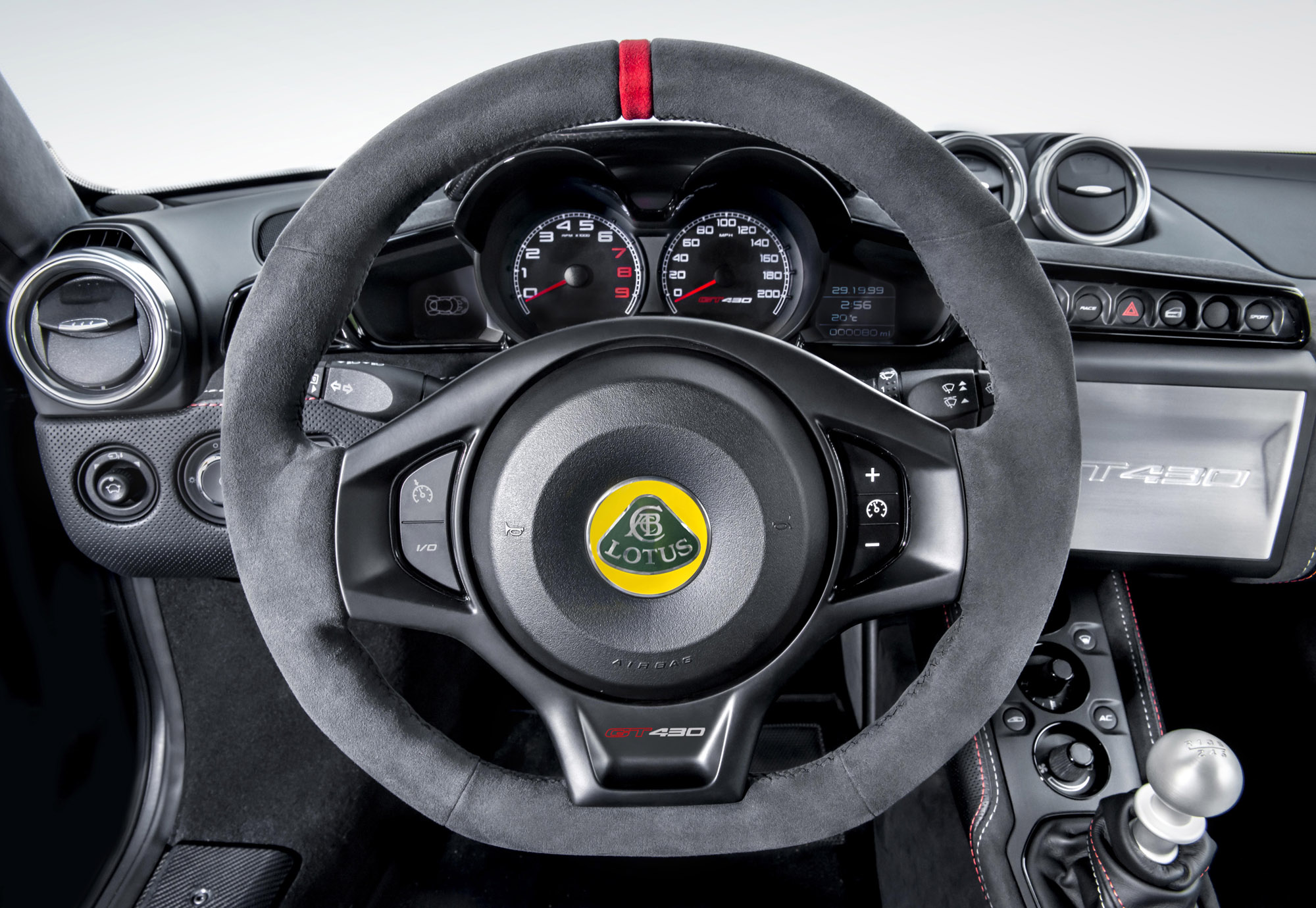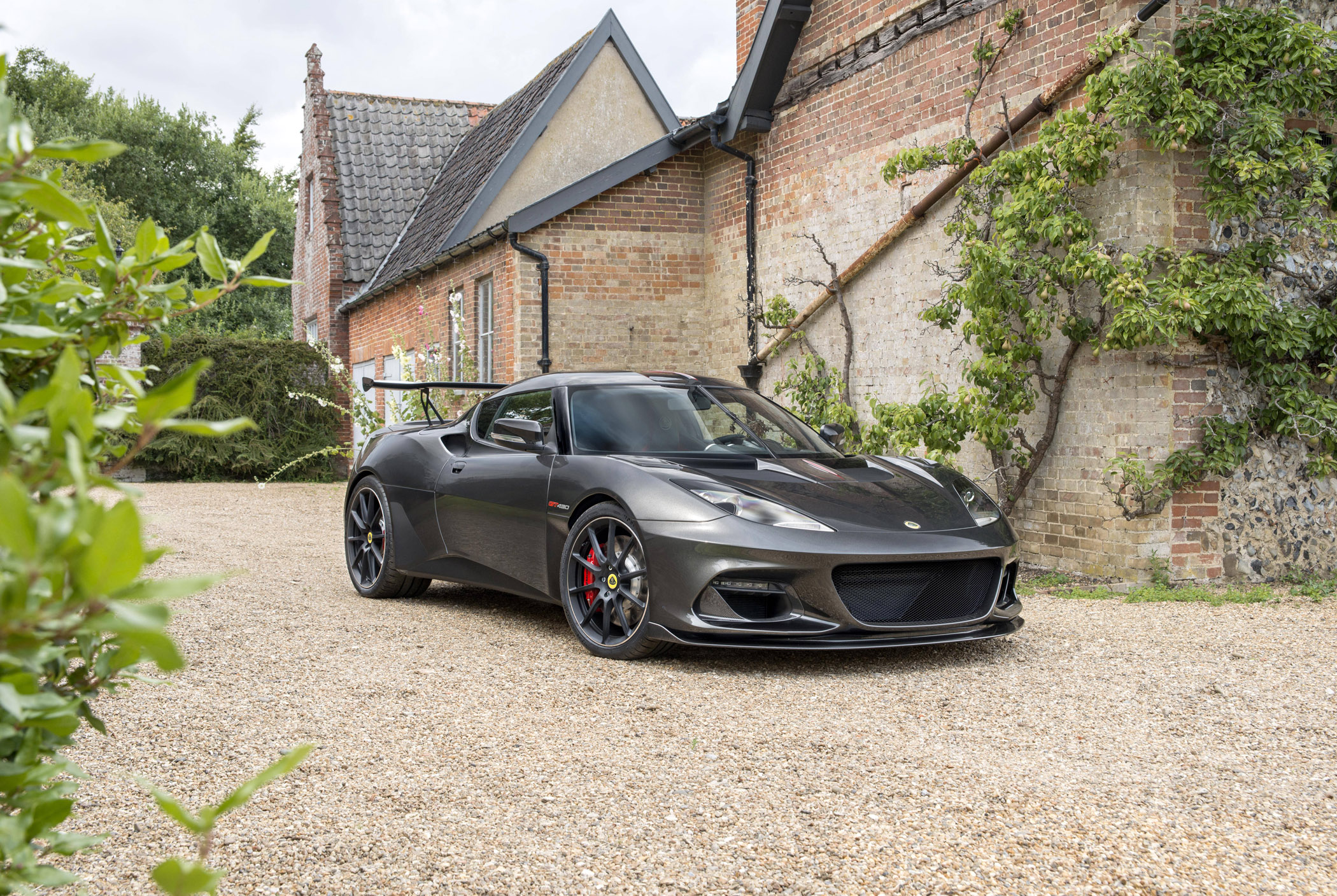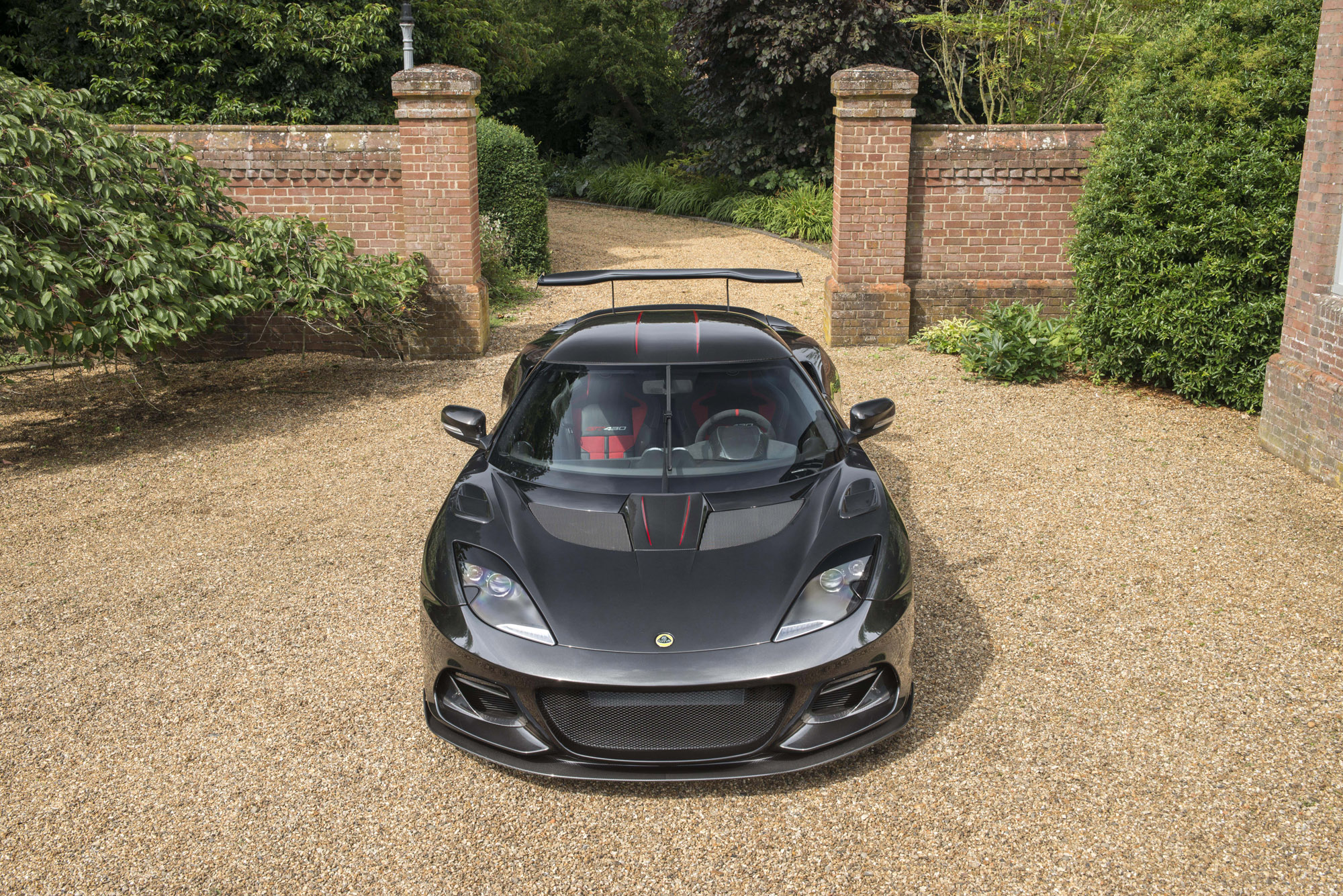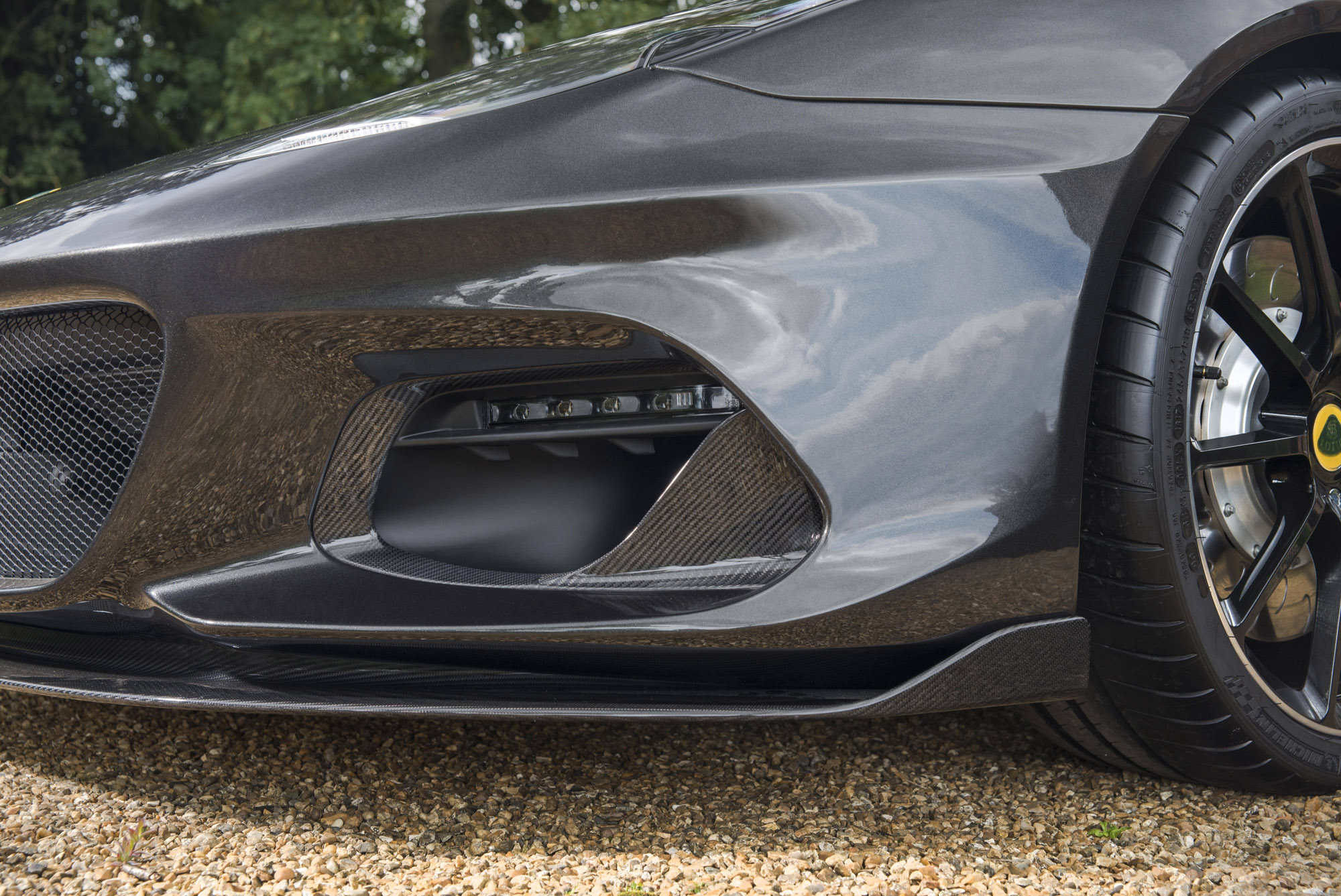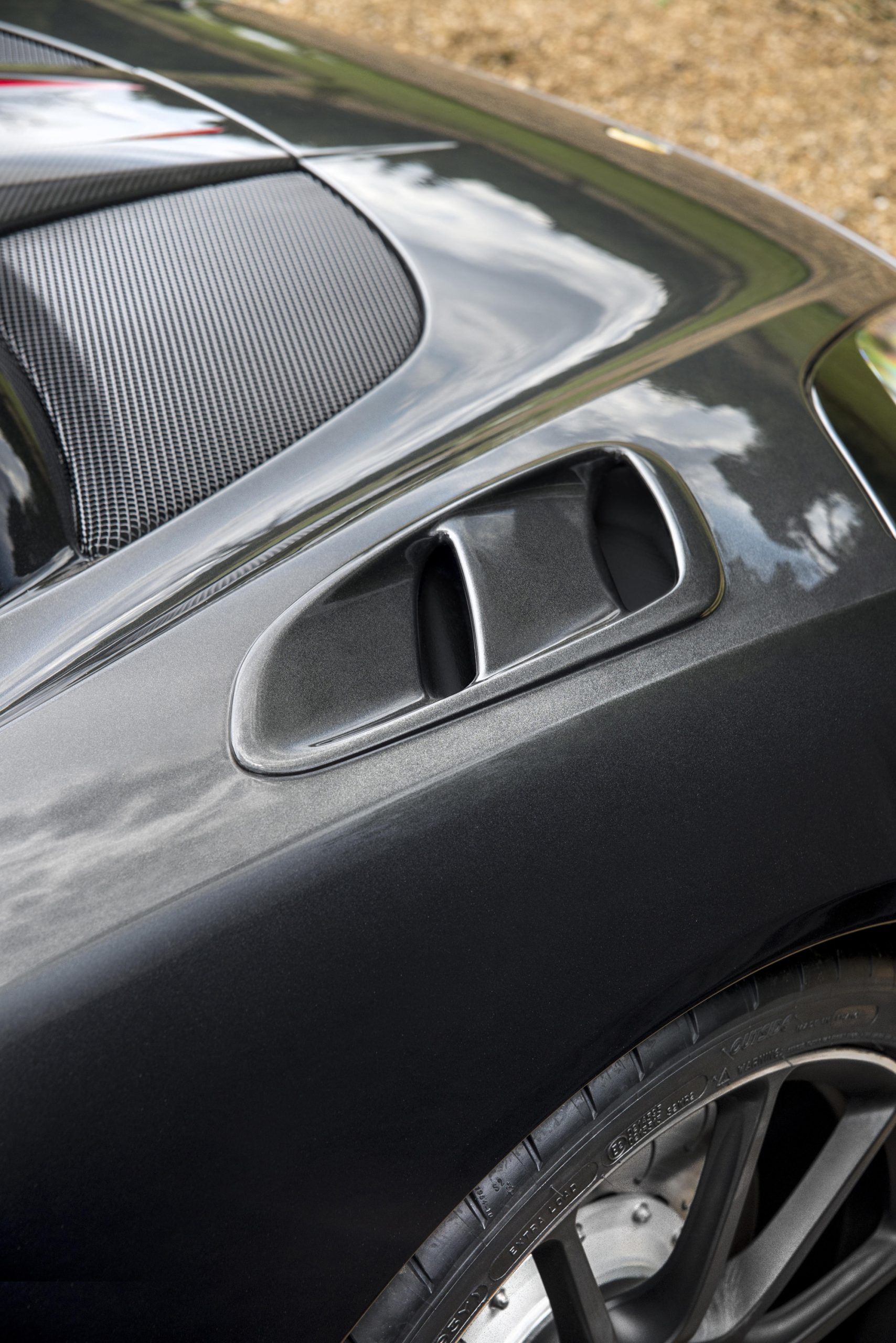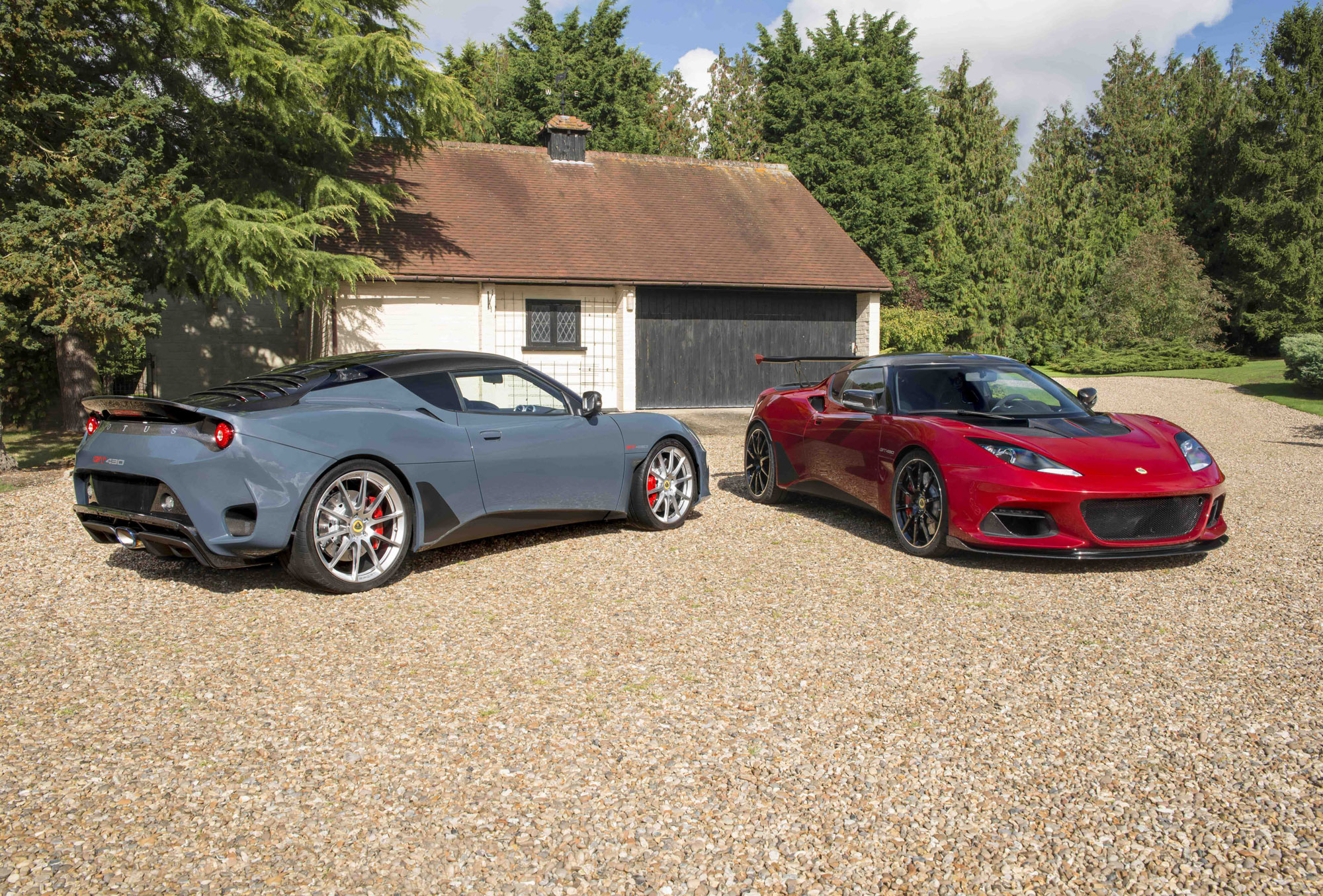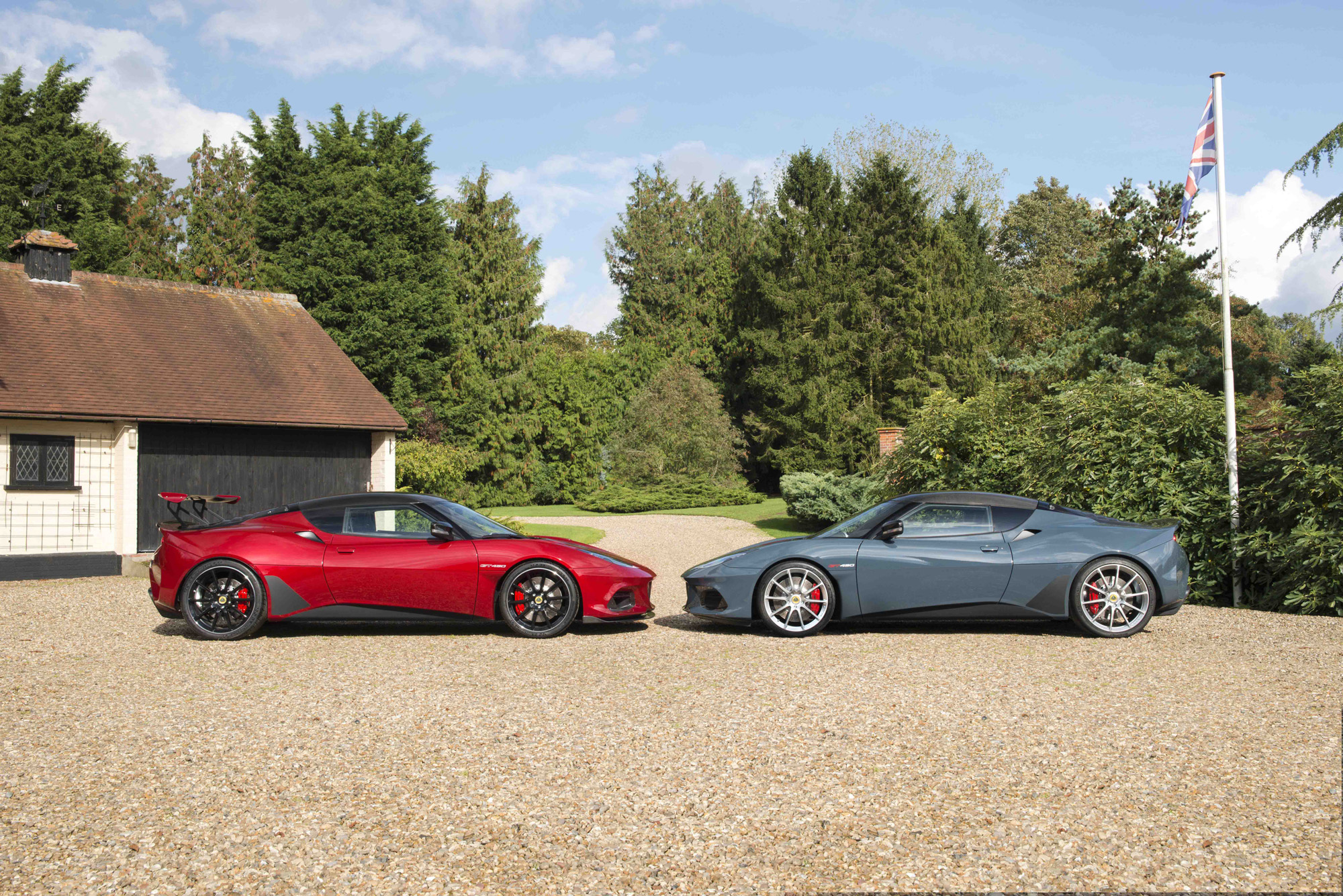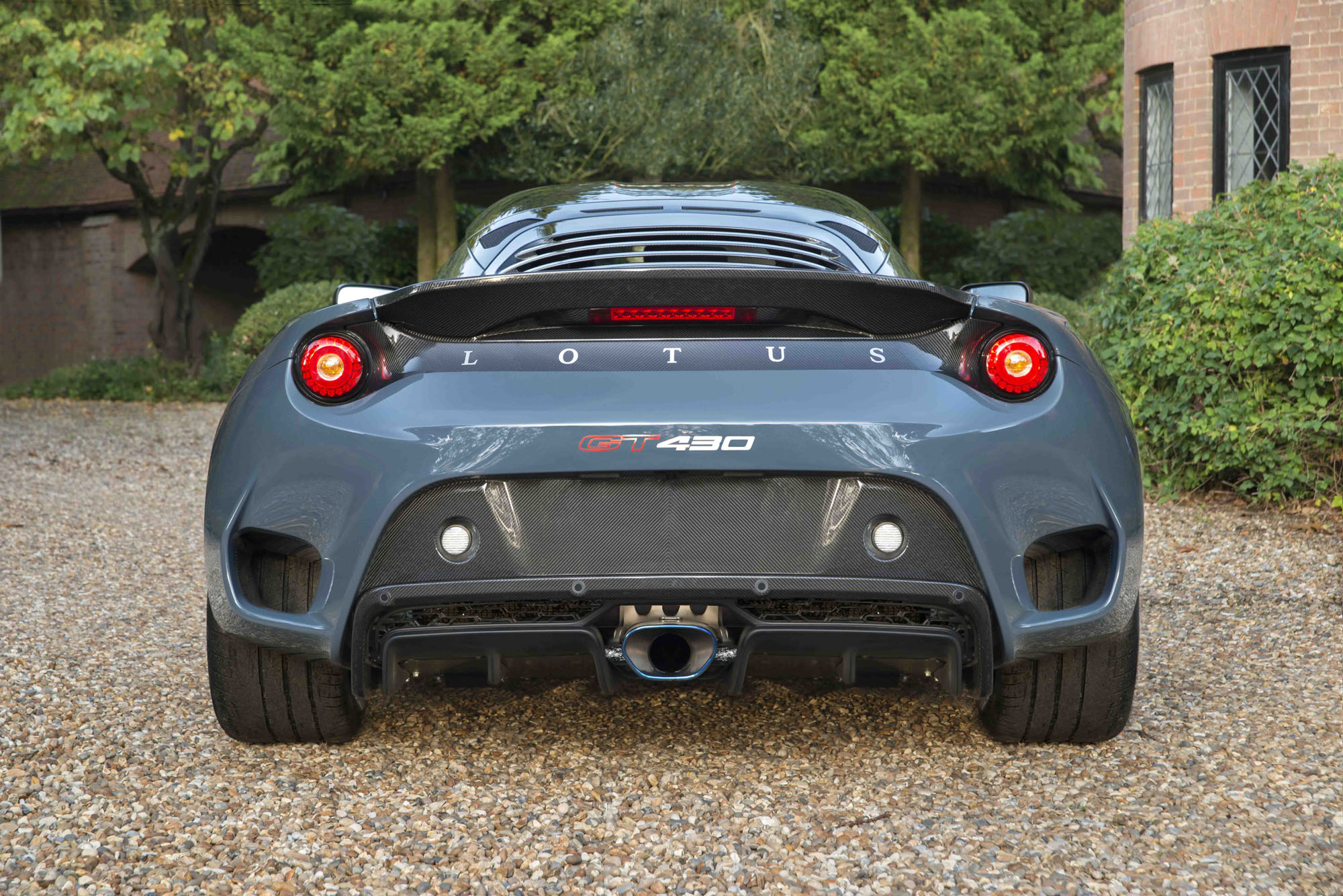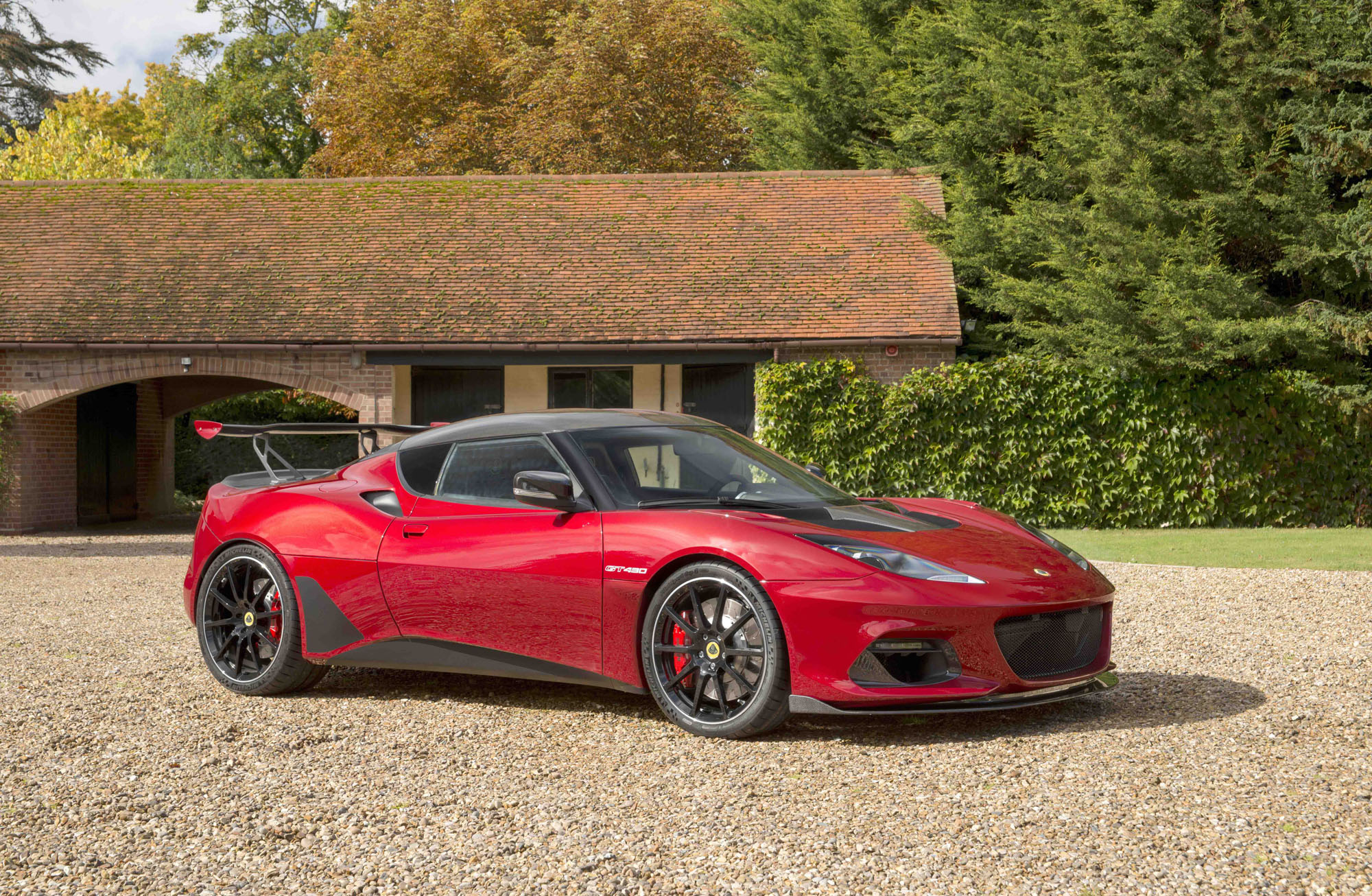Lotus Evora GT430 – Evolution of the Evora
Lotus first launched the Evora in 2009. The model was intended to be a more refined and practical version of the less-than-civilized Elise/Exige. The UK-based manufacturer hoped it would appeal to a larger demographic than its linemate and consequently bring the brand more to the mainstream.
Retaining the important characteristics which make a Lotus car unique, the Evora is a balanced, mid-engined, lightweight car that is a pleasure to drive with a profile that is undeniably made-in-Hethel. Unlike the Elise/Exige, the Evora was immediately praised for its ride comfort, utilizing a suspension able to expertly negotiate the harshness of daily public road use while being more than formidable on the track.
In 2012, the Evora received its first major refresh – significant at the time, as the Elise/Exige were phased out, making the Evora the only model in Lotus’ lineup. The car became likened and often compared to its direct competitor – the Porsche 911 Carrera.
Related: Lotus Race Cars / Current Lotus Models / All Lotus Cars / Latest Lotus News
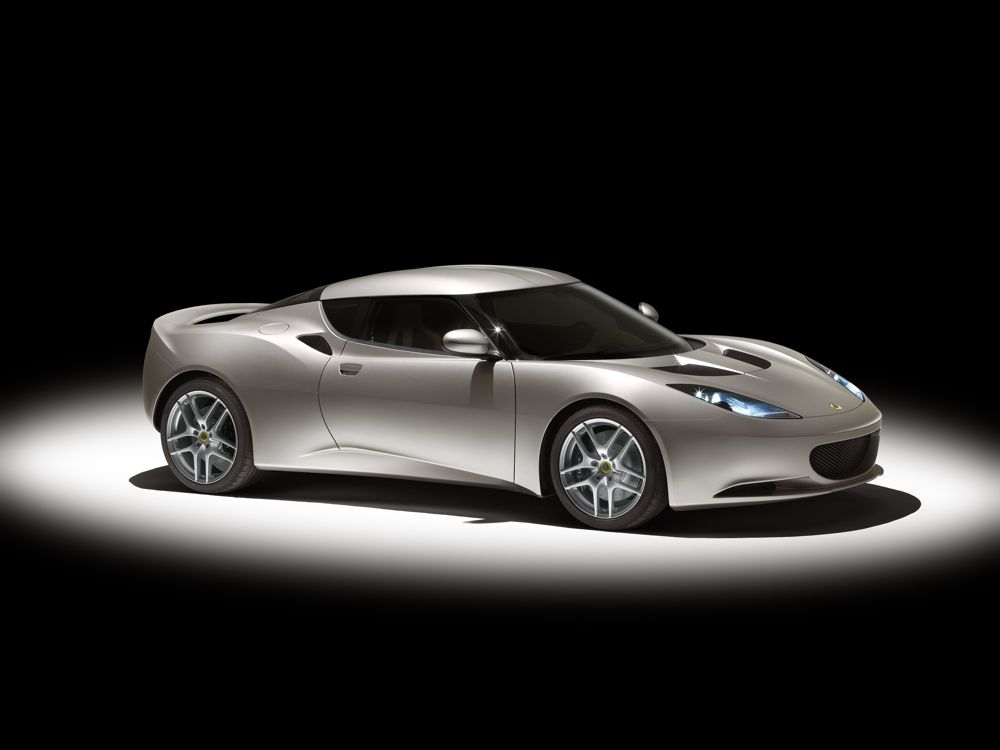
In recent times, more so than ever, competition in the high-performance sports car segment seems to be flying off the rails. With an abundance of innovations and new technologies being made available for use on production road cars, Lotus made its biggest step in modernizing the car in 2015 with the release of the Evora 400 then the Evora Sport 410 shortly after.
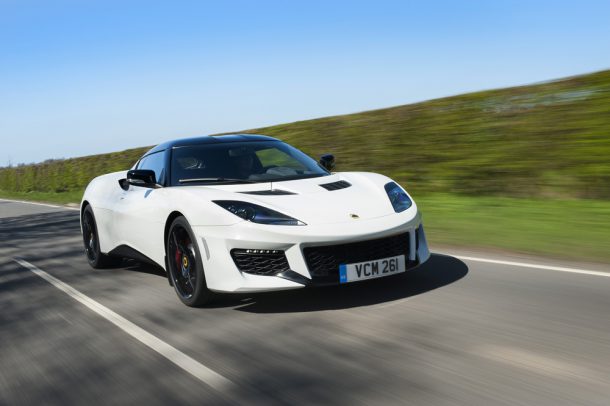
Evora GT430
The latest iteration of the Evora is in the form of its new GT430 trim. While the 400 variant is seen as more of an equal to the Porsche 911 Carrera S, the GT430 is believed to be in direct competition with the Porsche 911 GT3. Based on everything the car has to offer – including its price – it makes for a difficult case to refute such a claim.
If there is one thing that defines the Lotus brand, it would have to be it’s aversion to anything with mass. While the ‘GT430’ moniker correctly points out that this is the most powerful Lotus ever made at 430 horsepower, it is the less “in-your-face” details about the car which truly make it greater than the sum of its parts.
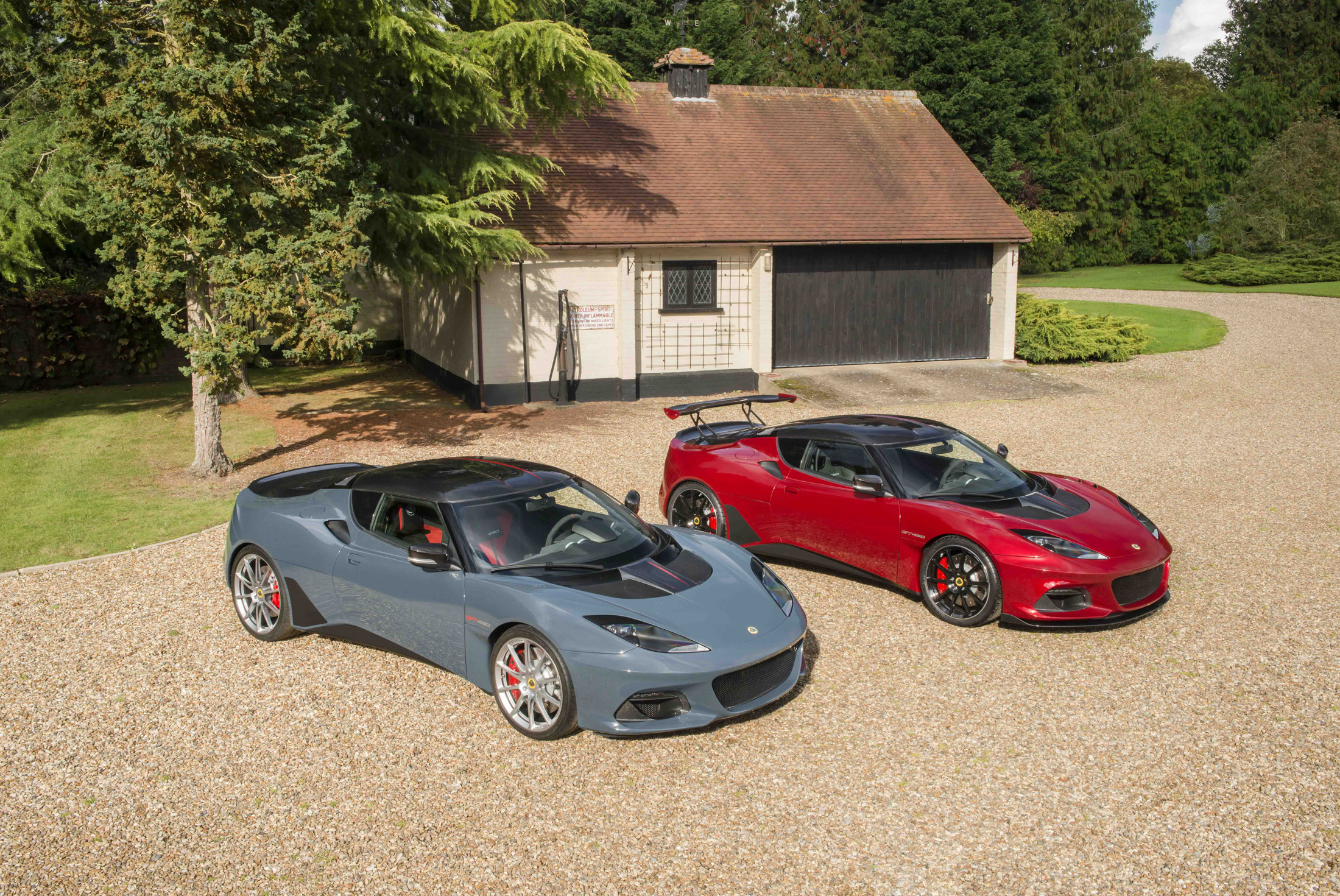
There are two trim levels for this model: the GT430 and GT430 Sport, the latter being the same car – albeit the more understated of the two – with the absence of the large rear wing and scrape-baiting front splitter. The Sport weighs 10 kg less, which is characteristically deemed to be worthy of a mention on Lotus’ website.
Features and Highlights
Engine
As with the previous Evora, the GT430 continues to employ the supercharged 3.5L V-6 power plant supplied by Toyota. The main difference, of course, is the that it now produces a whopping 430 horsepower and 325 foot-pounds of torque which earns it the title as Lotus’ fastest production car.
The engine is mated to a six-speed manual transmission and comes standard with a Torsen limited-slip differential. A six-speed automatic transmission is available as a cost option. Altogether, Lotus claims that the GT430 is able to achieve 0-60 mph in just 3.6 seconds and a top speed of 190 mph.
Chassis
The Evora GT430 comes standard with a set of Michelin Pilot Sport Cup 2 tires, a feature reserved for vehicles of a supercar pedigree. Eibach springs, front and rear anti-roll bars and Ohlins TTX two-way adjustable dampers help to ensure the car stays planted and predictable under even the most demanding driver inputs.
Servo assisted two-piece J-hook ventilated brake discs and AP Racing four-piston calipers provide the immense stopping power needed to complement the GT430’s power and race car inspired chassis.
Exterior
While the car is more powerful than ever, it can be said that the GT430 benefits the most from a plethora of weight reduction and aerodynamic upgrades.
Loaded with carbon fiber parts in places you would (and wouldn’t) expect, the upgraded Lotus is almost 300 pounds lighter than the Evora 400 and 57 pounds less than the Sport 410. That is a huge deal for a car that is the improved version of a model that never had any weight issues, to begin with.
Large air vents in the front of the GT430 and a rear diffuser in the back, channel airflow efficiently through the car to minimize turbulence and maximize stability at high speeds.
The massive rear wing and front splitter (which are removed from the Sport trim) fittingly create the downforce needed to harmonize with the GT430’s overall performance and appearance. Lotus states the vehicle’s aero components are able to generate up to 250 kg of downforce, which is significantly more than previous Evora iterations.
Interior
The GT430’s interior is surprisingly well put together and it makes the barebones interiors of older Lotus models, look and feel like a piece of ancient history.
Premium leather and Alcantara is found throughout the interior – in the places that matter most – while carbon fiber accents provide an overall high-end finish befitting of the car’s outwardly stature.
Sparco sports seats with carbon backs, a Lotus-developed Alcantara steering wheel, and an infotainment system are cost options for those who desire a differentiating factor, improved driver feel and a bit of extra convenience.
Verdict
Reviews of the 2017 Lotus Evora GT430 by a number of renowned and respected auto journalists, all appear to be very much on the same wavelength.
The GT430 is a very serious car for very serious money; Porsche 911 GT3 money, to be more exact. Inevitably, this will lead to the car being measured up and compared to its German counterpart more as a benchmark than as an equal. The recognition, familiarity, and heritage of the Porsche will always be top of mind when deciding how to splash upwards of $140,000 USD on a car.
Nevertheless, it is also generally agreed upon that this isn’t a car that should or would be cross-shopped with another. The prospect of owning a GT430 goes beyond just the numbers and pure rationality. It is not everyone’s cup of tea, but will more than satisfy anyone discerning enough for its taste.
The GT430 will also undoubtedly be a rare collector’s item, with Lotus claiming that it currently only plans to make 60 units. However, Lotus says we can also expect a US-spec version sometime in the spring of 2018 which would make it more widely available, at least on the North American continent.
Specifications and Performance Summary
Pricing and Model Info
| Make | Lotus |
| Model | Evora |
| Generation | 2017 – Present |
| Sub-Model | GT430 |
| Car type | Coupe |
| Category | Series Production Car |
| Built At | Hethel, United Kingdom |
| Introduced | 2017 |
| Base Price (US) | TBD |
| Base Price (UK) | £112,500 |
| Units built | ~60 |
Chassis and Powertrain
| Curb Weight | 1258 kg |
| Layout | Mid-engine |
| Body / Frame | Anodized, lightweight aluminum, extruded, epoxy bonded and riveted high-stiffness chassis |
| Driven wheels | Rear-wheel drive |
| Suspension | Double wishbone with Eibach tubular front and rear anti-roll bars |
| Brakes | Servo assisted two-piece J-hook ventilated brake discs with ultra-lightweight rear aluminum disc bells and AP Racing four piston calipers (front 370mm x 32mm, rear 350mm x 32mm) |
| Engine | V-6 |
| Aspiration | Edelbrock Supercharger |
| Block Material | Aluminum |
| Valvetrain | 24 valve, watercooled |
| Fuel Feed | Direct Fuel Injection |
| Displacement | 3.5 Litres |
| Transmission | 6-Speed manual, optional 6-speed automatic |
Engine Output
| Power | 430 hp @ 7000 rpm |
| Power / litre | 123 hp / litre |
| Power (bhp) / weight | 342 hp / ton |
| Torque | 325 lb – ft |
| Max speed | 190 mph (305 km/h) |
| Aerodynamic downforce | 250 kg (at max speed) |
| C02 emissions | 234 g / km |
Performance
| 0-60 mph (Manual) | 3.7 seconds |
| 0-60 mph (Automatic) | 3.6 seconds |
| 0-100 km/h (Manual) | 3.8 seconds |
| 0-100 km/h (Automatic) | 3.7 seconds |


